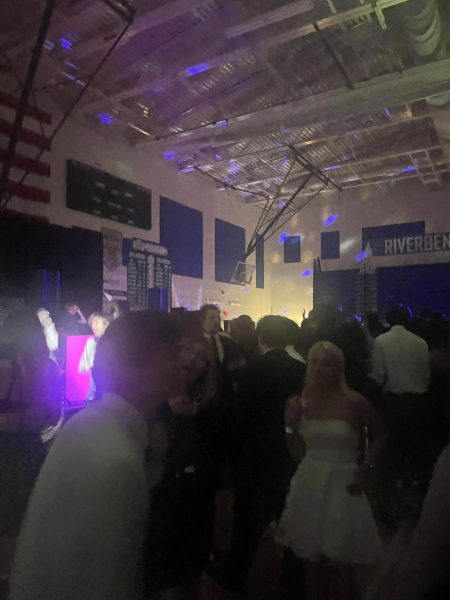Crazy Weather
2015 was one of the warmest years in the record books. Over half the year broke record highs. This past January winter storm Jonas dropped a record breaking amount of snow in one consecutive storm across the region. Dropping more than 40 inches in parts of West Virginia, and 30+ inches in northern Virginia and Pennsylvania. This was the one of the most bizarre years due to weather.
Jonas was rated a category 4 (crippling) storm on the NESIS (Northeast Snowfall Impact Scale) based off the amount of snowfall and the number of people living in path of the storm. This scale of 1-10 has 5 categories: Notable, Significant, Major, Crippling, Extreme. There has only been two category 5 winter storms on record in 1993 and 1996. This scale only considers raw snow totals not blizzard conditions, freezing rain, or thundersnow. With all this snow, it all had to melt. The following weeks after the storm, temperatures were in the mid 50s and low 60s causing it to melt very fast with some flooding. Washington’s Dulles International Airport had 28 inches of snow on the ground on January 24, and only one inch 10 days later.
Some of this crazy weather may be due to El Niño and La Niña changing the temperatures of the water. El Niño affects the warming of water typically in late December, and La Niña affects the cooling of the water which is usually less severe than El Niño. The record high of El Niño was in 1997, reaching almost 3 degrees celsius above average; an El Niño starts at 0.5 degrees celsius above average water temperatures. The effects it can have on the United States are: wetter along the southern border and east coast, dry near the Great Lakes,warmer in the northwest, and colder in the south west.
Global Warming may be a cause of the strange weather over the years as well. As all of us know, December 2015 was one of the warmest months ever breaking the set 1997 records. In 2014, the Polar Vortex dropped down from northern Canada (around 75 degrees north latitude) to the northern United States (around 45 degrees north latitude) and caused it to be very cold in many places. The last huge Polar Vortex was in 1996.
Due to all of these factors, it is very difficult to predict, and we don’t know how crazy the future weather will be.



